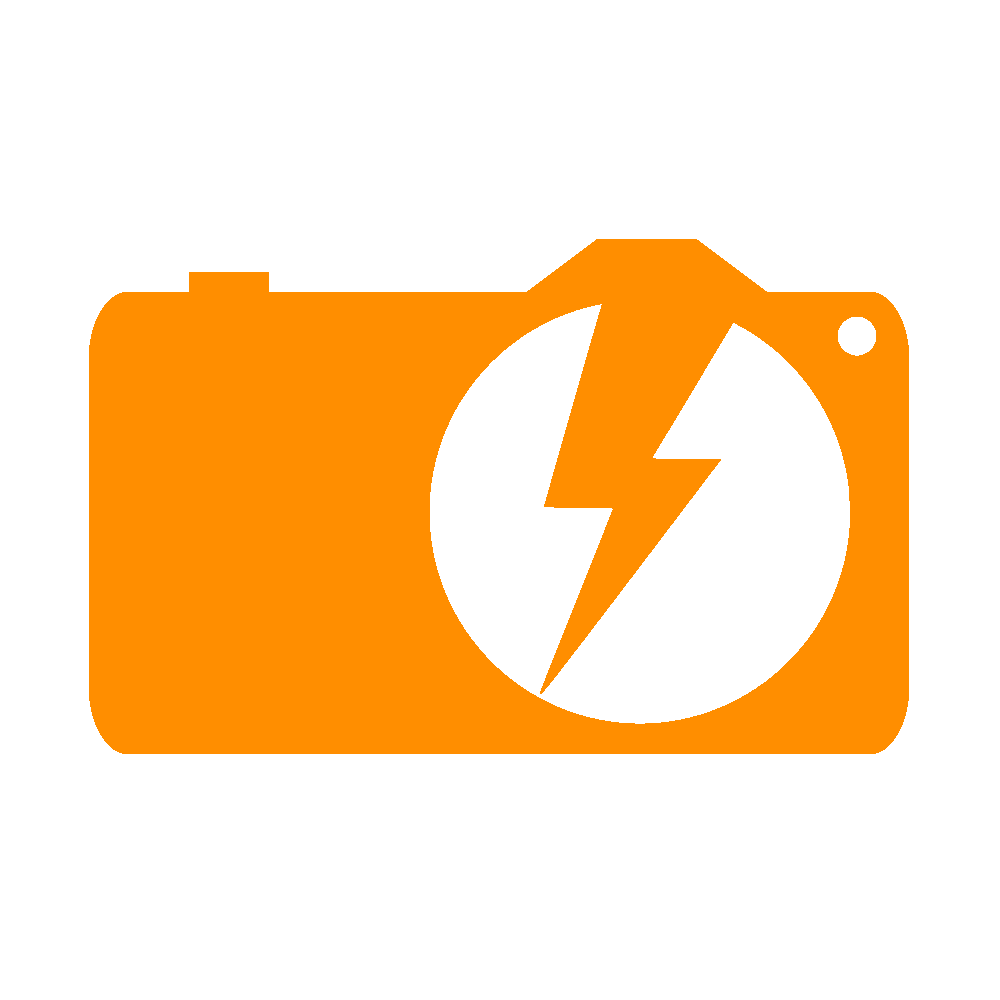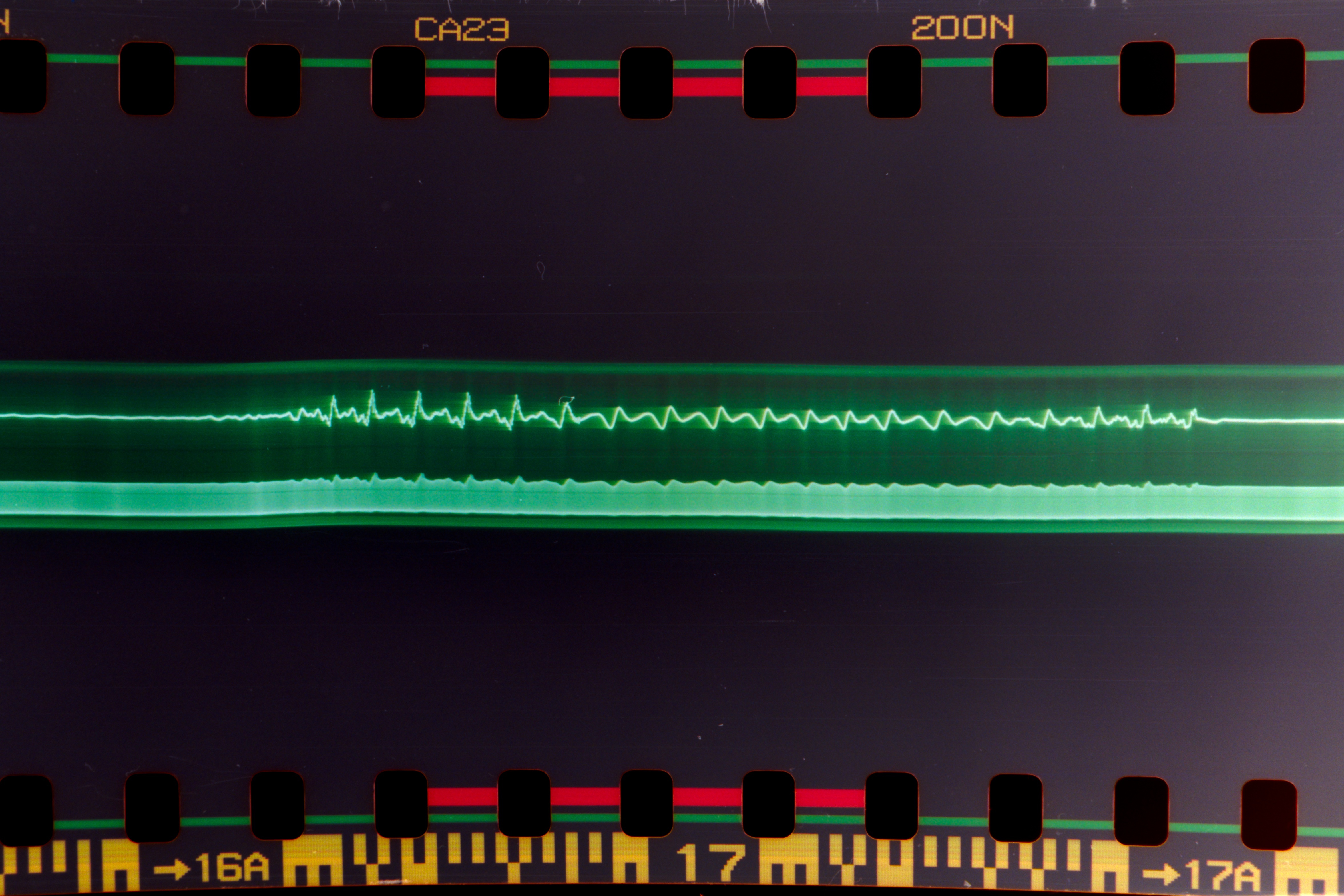I ran my first “smart” phone for more than 5 years before needing an upgrade. My latest Pixel 8 is less than a year old and now has a row of pink pixels. Never been dropped, never been wet, never fast charged.
Nik282000
- 1 Post
- 32 Comments
This is a 10 year old house and was supposed to be built with all the latest energy saving tech, except it’s Canada and I doubt it would have passed inspection even on the day it was sold.
Nope, home made sensors and python scripts.
Previous to this the basement was always 5 degrees warmer than the rest of the house because the ductwork was so terribly installed. I spent a week sealing them all up only to find that what feels comfortable has as much to do with the humidity as the temperature so just balancing flow between floors couldn’t fix everything.
The weather outside changes things indoors way more than I expected. By looking at the graphs I can tell if it was a windy day, if it rained at all, if it was sunny and which blinds were open that day.
I noticed pretty quick how much the weather outside affects the inside of the house. When it’s windy the bedroom temperature drops fast. If it was sunny in the day there will be a peak temperature several hours after sunset as the heat soaks through the west facing brick wall. When the outside humidity jumps the inside follows fast but if the humidity drops outside it takes days for the house to catch up.
If I was clever I could probably set up a predictive thermostat that takes into account the next 6 hrs of weather when choosing to run the heat or air.
I just infer from the temp/humi sensors. When either one runs there is a very clear pulse in both readings. The UPS is an APC1400XL, it tells me it was manufactured in 2003, I cleaned out the exploded batteries and put new ones in this year and it worked fine. I think it was only ever used once (until the original batteries burst). I have the UPS supplying my server, NAS and the POE switch that powers a couple of cameras outside.
The shower, we went to bed late. There was also a rainstorm that night which skews things, but it’s curious that the shower will actually raise the humidity of the whole house for hours after it’s been used.
I used AHT21 I2C modules from Aliexpress https://www.aliexpress.com/item/1005002613543870.html . I think the one that failed last fall was a bad solder joint but I had a spare AHT21 board and ESP8266 so I just replace the whole unit.

 3·2 years ago
3·2 years agoChaotic good, right there.

 2·2 years ago
2·2 years agoI recently setup Guacamole (Web based VNC/RDP/SSH) with totp and was able to close external SSH access. Now everything I run can sit behind a single reverse proxy, no extra ports.

 3·2 years ago
3·2 years agoI found WatchYourLan hosed my PiHole logs. Somehow the WYL instance got its hostname associated with ~10 mac addresses on my lan so more than half of my traffic comes from “watchyourlan.local”. FML

 18·2 years ago
18·2 years agoI keep each service separate as far as DBs, if something breaks or get a major upgrade I don’t have to worry about other containers.

 12·2 years ago
12·2 years agoNamecheap, cheap, easy to use, easy to setup DDNS, helpful support staff. I have heard horror stories of them selling popular domains out from under their owner but none were recent.
I ran my ssh behind 53 for a while because it’s rarely blocked. A few bots even got it right and figured out it was ssh.
Without being able to set a static ip and forward ports you cant host services and point to them with a domain, like driveway-home.com or something.
But I think cloudflare has a service that lets you connect remotely without needing static ip’s (some one else will know the name). If you were to use that then you can use your laptop to host pretty much anything on the Awesome Selfhosted List.

 7·2 years ago
7·2 years agoDevice agnosticism. Life is easier when it doesn’t take ONE laptop or phone failure to destroy all your data.
I use LXC for all the reasons most people use Docker, it’s easy to spin up a new service, there are no leftovers when I remove a service, and everything stays separate. What I really like about LXC though is that you can treat containers like VMs, you start it up, attach and install all your software as if it were a real machine. No extra tech to learn.
It’s kinda shitty of them to block the ports that makes up +30 years of what the internet IS. Bell/Rogers want your internet connection to be unidirectional, when you host your own content you don’t consume theirs.

That is pretty much why. I took one programming class in high school (2004) and since then alway enjoyed solving software puzzles.